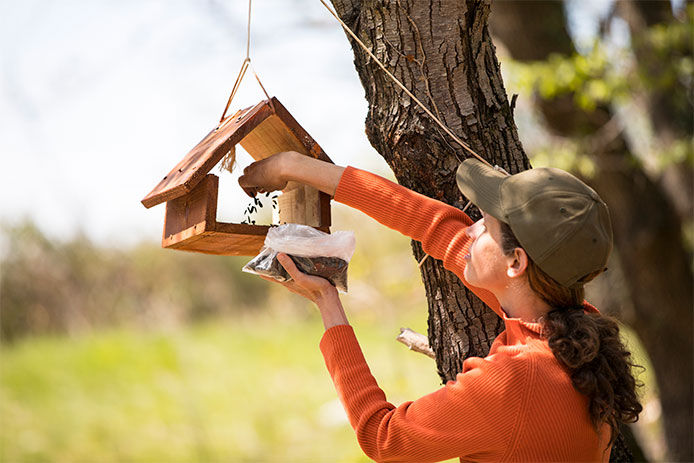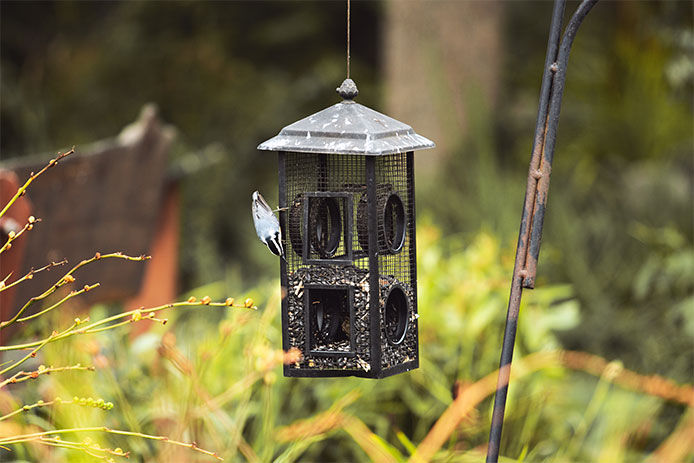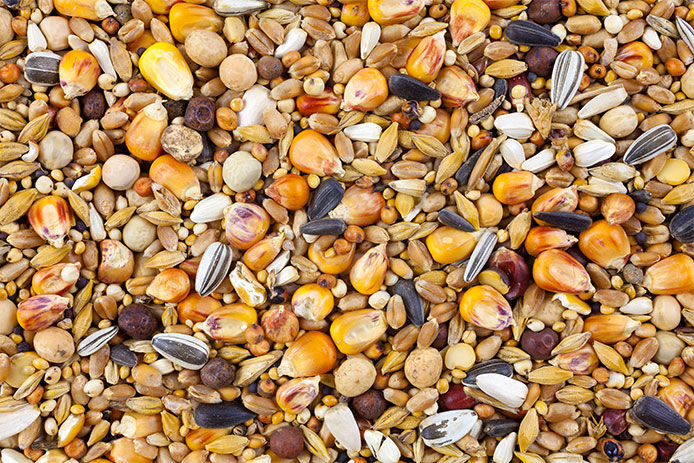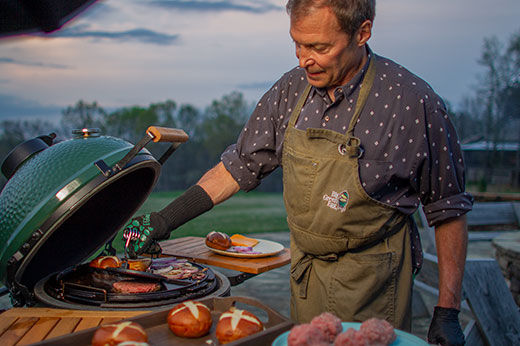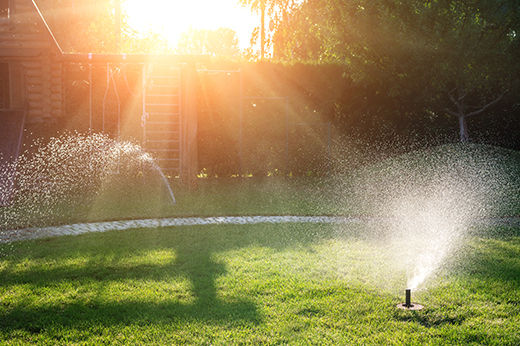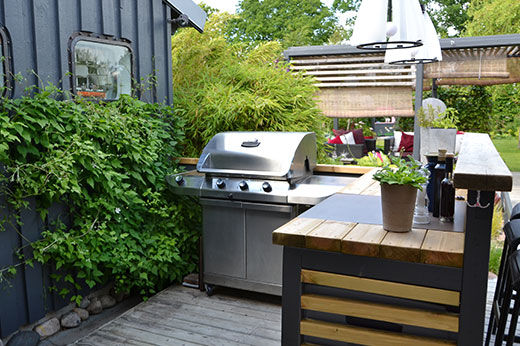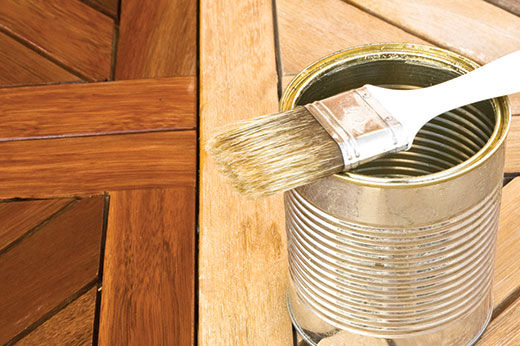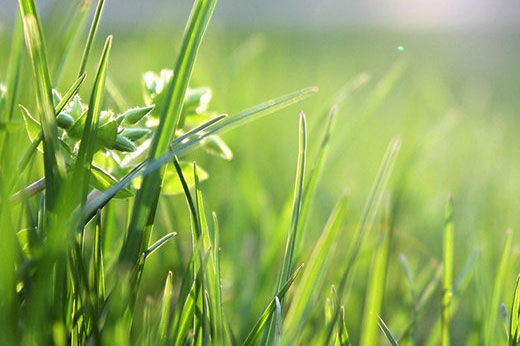Getting Birds to Come to Your Feeders
When it comes to feeding birds, adopt an “if you build it, they will come" mentality. Birds will likely visit your backyard if you put out bird food. Even in the most urban environments, birds are around, and often, in the city, birds need even more access to food.
Sometimes, it takes a little while for birds to start to visit your feeder. If you have pets like an indoor-outdoor cat, or dogs that have run of the yard, birds may steer clear for a while. Birds may also need time to warm up to feeders close to the house or nearby areas where kids play.
Be patient. Start with an appealing seed option like a songbird mix, suet cake, Nyjer, or black oil sunflower seed. Place your feeder carefully in an area away from foot traffic, pets, and loud noise. Replenish the bird seed when it starts to look low and keep fresh seed flowing in your feeder.
If you diligently keep your feeder full and place it in a safe spot, birds will eventually visit—you may even have a flock! As the weather gets colder and natural foods become scarce, birds will discover that your backyard is a source of abundance.

